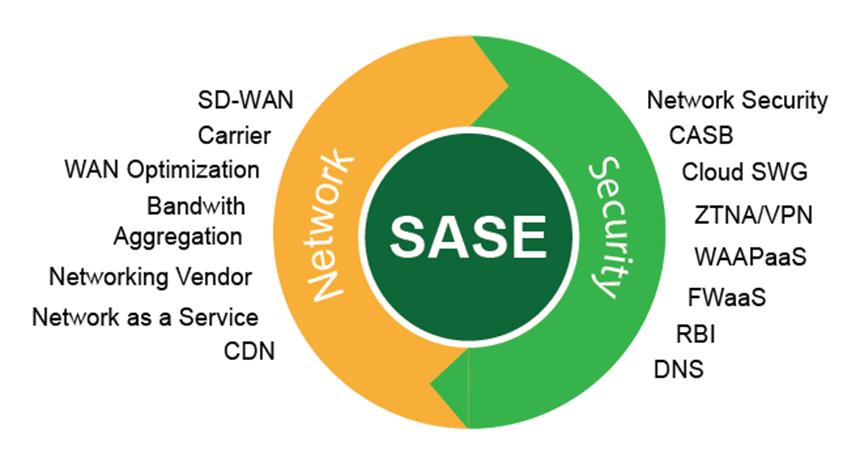In the professional realm, the resignation of an employee is a significant event. It marks a transition, not just for the individual moving on, but for the team and organization they leave behind. How leaders and managers respond to a resignation can significantly impact the morale and culture of the workplace. A well-crafted resignation acceptance letter is not merely a formal requirement; it’s an opportunity to part on good terms, acknowledging the employee’s contributions and wishing them well for the future. This comprehensive guide will explore how to craft such letters with grace, ensuring a positive and professional closure for both parties.
Understanding The Importance Of Graceful Acknowledgment
The manner in which a resignation is handled speaks volumes about an organization’s values and its leadership’s emotional intelligence. A graceful acknowledgment in a resignation acceptance letter can:
-
Reinforce a positive culture, emphasizing respect and professionalism.
-
Ensure the departing employee feels valued, despite their decision to leave.
-
Set a precedent for current employees, highlighting the organization’s supportive nature.
-
Mitigate potential negativity that could affect team morale.
Key Components of a Resignation Acceptance Letter
A sample of resignation acceptance letter should be balanced, combining formal acknowledgment with genuine appreciation. Key components include:
-
Formal Acceptance: Start by formally accepting the resignation, clearly stating the effective date of termination as per the notice.
-
Appreciation for Contributions: Acknowledge the employee’s contributions to the team and organization. Highlighting specific achievements or projects can make this appreciation feel more genuine.
-
Well Wishes for the Future: Express sincere wishes for the employee’s future endeavors. This fosters goodwill and maintains a positive relationship.
-
Details on the Transition Process: Briefly outline the next steps in the transition process, including any actions required from the employee, such as handing over responsibilities or completing exit formalities.
-
Open Door Policy: If appropriate, mention that the employee is welcome to return in the future or stay in touch, reinforcing a lasting professional relationship.
Crafting the Letter: A Step-by-Step Guide
1. Start with a Personal Touch: Address the employee by name and begin with a personal greeting. A touch of personalization can make the letter feel less sterile and more heartfelt.
2. Formally Accept the Resignation: Clearly state that you are accepting their resignation, referencing their notice and the agreed-upon last working day.
3. Express Appreciation: Detail the positive impact the employee has had on the team and organization. Be specific about their contributions and the qualities you have valued in them.
4. Offer Best Wishes: Convey your best wishes for their future, showing support for their next steps. This reflects well on the organization’s culture and values.
5. Outline the Transition Process: Provide information on any administrative tasks or knowledge transfer activities that need to be completed. Keeping this section brief and to the point respects the emotional context of the resignation.
6. Extend an Open Invitation: If you genuinely believe the employee would be welcome back, express this sentiment. This can leave the door open for future opportunities.
7. Close on a Positive Note: Conclude the letter with a warm closing statement, reiterating your best wishes and expressing hope for their success.
Visit Story: Resignation Acceptance Letter
Best Practices and Considerations
Maintain Professionalism: While it’s important to be warm and personal, maintaining a professional tone throughout the letter is crucial. This ensures the letter remains appropriate and respects the formal nature of the situation.
Privacy and Sensitivity: Be mindful of the employee’s privacy. Avoid mentioning specific reasons for the resignation or details that the employee may not want to be shared broadly.
Timeliness: Respond to the resignation promptly. A timely acknowledgment shows respect for the employee’s decision and allows for a smoother transition.
Offer Support: The transition period can be challenging. Offering support, whether in the form of guidance for the handover process or emotional support, can be greatly appreciated.
Navigating Challenges
Handling a resignation can be emotionally challenging, especially if the departing employee is a valued team member. It’s essential to manage your emotions and focus on the positive aspects of the transition. Encourage open communication within the team to address any concerns and maintain morale.
Conclusion
The departure of an employee is a complex process filled with mixed emotions. However, by acknowledging their resignation with grace, dignity, and professionalism, you not only honor their contributions but also reinforce the integrity and culture of your organization. A well-crafted resignation acceptance letter is a powerful tool in achieving this, fostering a positive ending to what was hopefully a fruitful and mutually beneficial relationship. Remember, the goal is to part ways on the best terms possible, leaving the door open for future reconnections and maintaining a professional network that supports all parties involved.








